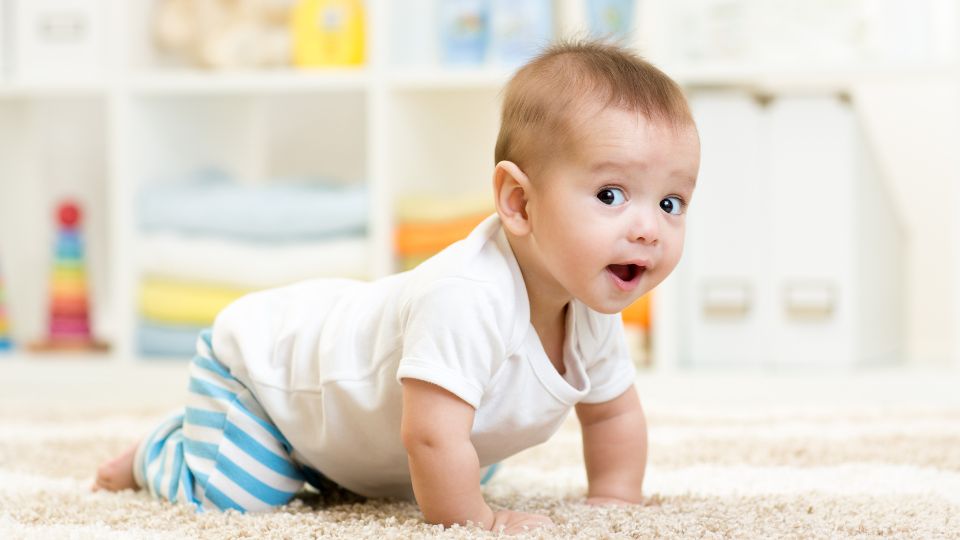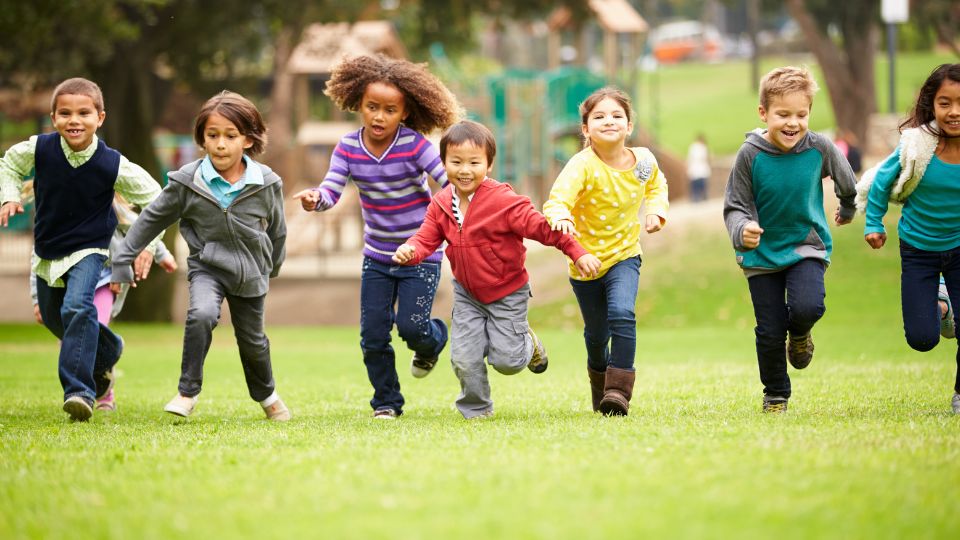In the journey of childhood development, achieving mobility milestones is a significant and exciting part of growing up. From the first tentative steps to confident running and jumping, each stage marks not only physical growth but also cognitive and emotional development. Understanding these milestones can help caregivers and parents support children effectively as they navigate this crucial phase of life.
Early Stages: Crawling and Cruising

The journey towards independent mobility often begins with crawling, typically around 6 to 10 months of age. Crawling helps babies explore their surroundings, develop strength in their limbs, and coordinate movements. It’s a critical stage where infants learn spatial awareness and begin to understand cause and effect—how their actions lead to movement and exploration.
Following crawling, many children progress to “cruising,” where they use furniture or other objects to pull themselves up and move around while holding onto support. This stage usually occurs around 9 to 12 months and marks the transition towards standing and walking independently. Cruising strengthens leg muscles and improves balance, preparing toddlers for the next milestone: walking.
Toddler Triumphs: Walking and Beyond
The momentous achievement of taking those first independent steps typically happens between 12 to 18 months. Walking transforms a child’s world, opening up new possibilities for exploration and interaction. Initially unsteady, toddlers gradually refine their balance and coordination, learning to walk confidently by around 18 months.
As walking becomes more assured, children begin to experiment with speed, direction, and even climbing. Climbing stairs, balancing on one foot, and kicking a ball are all skills that emerge during the toddler years, showcasing increased strength, coordination, and spatial awareness. These activities not only enhance physical abilities but also contribute to cognitive and problem-solving skills as children navigate different challenges.
Mastery and Refinement: Running, Jumping, and Beyond

By the age of 2 to 3 years, most children have mastered walking and are eager to explore their physical capabilities further. Running becomes a common activity, allowing children to exercise newfound mobility and develop endurance. Running also enhances cardiovascular health and muscle strength, promoting overall physical fitness.
Jumping, another milestone around this age, requires coordination and muscle control. Initially, children might jump with both feet off the ground, later progressing to jumping off low steps or curbs. These activities not only strengthen leg muscles but also improve balance and proprioception—the sense of body awareness in space.
Supporting Developmental Milestones
While each child develops at their own pace, certain factors can influence mobility milestones. Providing a safe and stimulating environment encourages exploration and practice. Soft surfaces for crawling, stable furniture for cruising, and open spaces for walking and running are essential.
Encouraging physical activity through play, such as supervised outdoor play or structured activities like dance or gymnastics, can also support motor skill development. Positive reinforcement and praise for efforts, whether crawling or jumping, build confidence and motivation.
Regular pediatric check-ups monitor developmental progress and identify any concerns early on. Consulting with healthcare providers can offer guidance if there are delays or challenges in achieving milestones.
Celebrating Every Step
Each milestone in pediatric mobility—from crawling to running—is a testament to a child’s growing strength, coordination, and independence. Celebrating these achievements fosters a sense of accomplishment and encourages further exploration. As caregivers and parents, nurturing these milestones with patience, encouragement, and a supportive environment ensures that children grow strong, both physically and emotionally, as they navigate their developmental journey.
Conclusion
In conclusion, understanding and supporting pediatric mobility milestones are vital for fostering healthy development. By celebrating each step—literally and figuratively—we empower children to embrace their capabilities and navigate the world with confidence and joy. Contact us today at Physio Home, located in Ras Al Khaimah, United Arab Emirates, to learn more about how we can support your child’s developmental journey.

